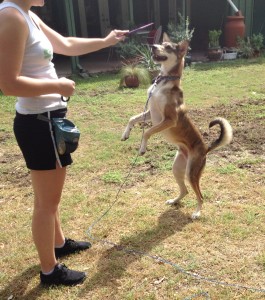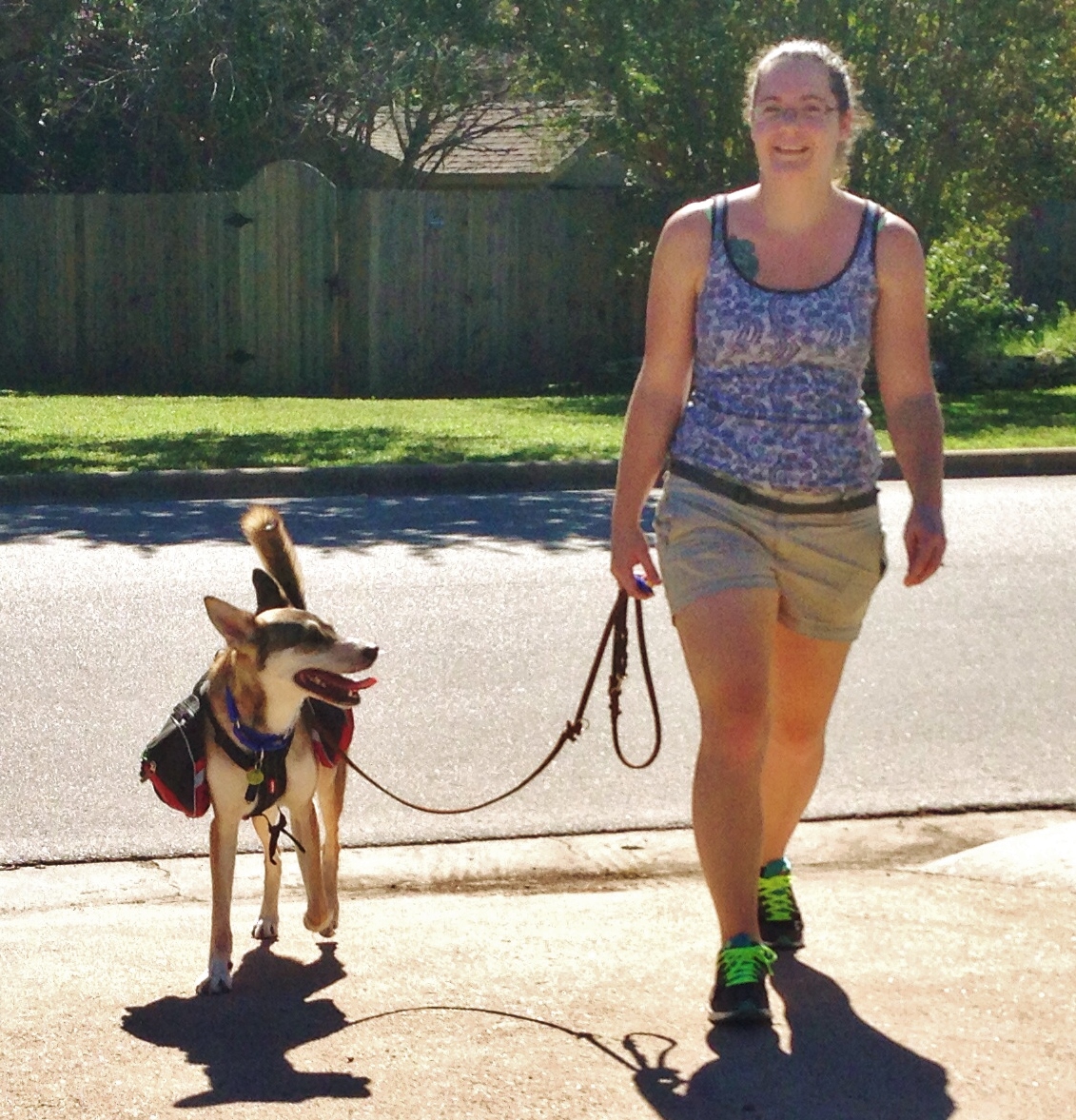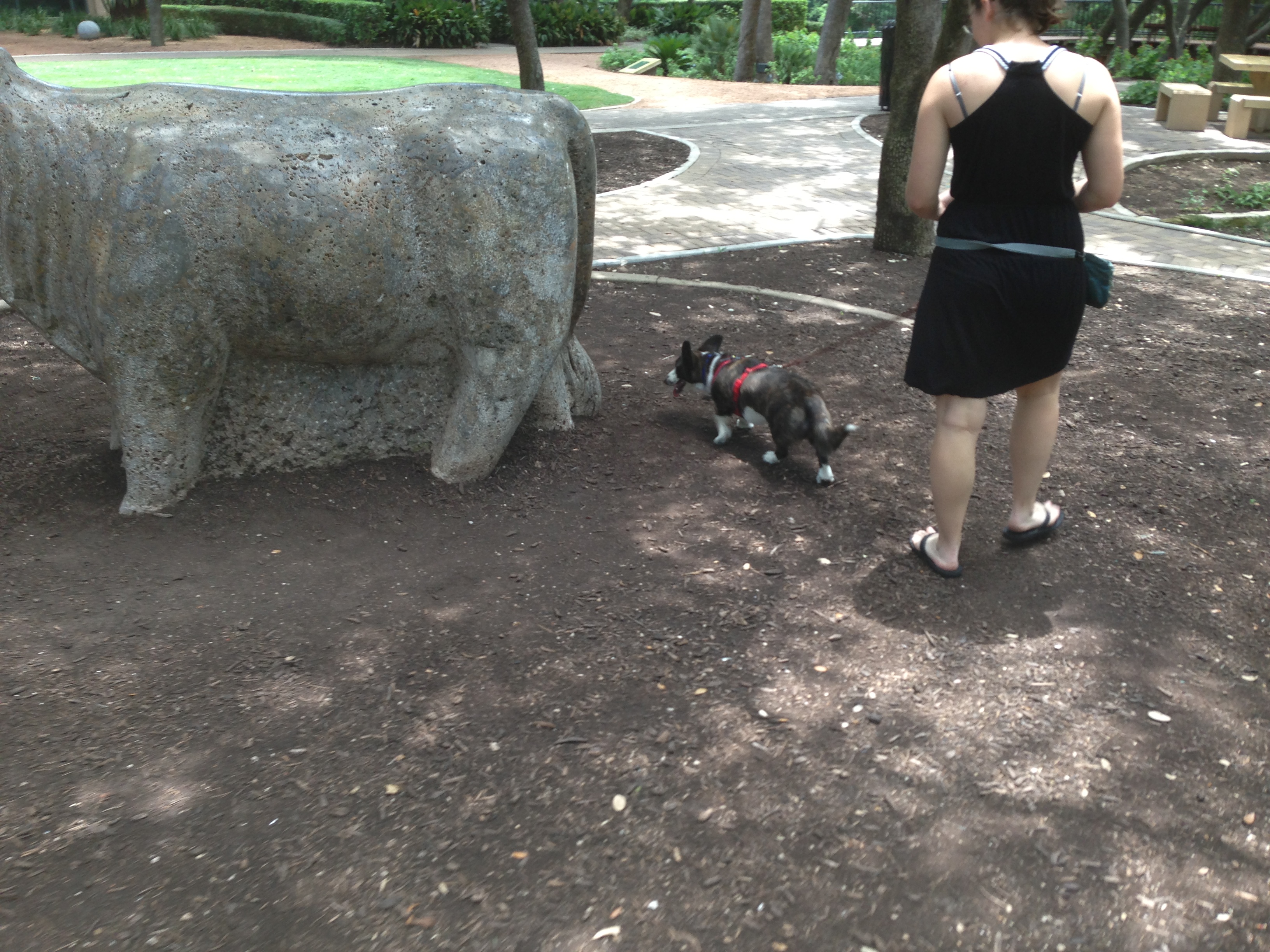 I love reading other blogs, one of my new favorites that I haven’t yet had much time to read yet is one by Mary Hunter. She just graduated with a Masters in Behavior Analysis from the University of North Texas. Her blog is called Stale Cheerios. Her recent article reviewing what she had learned at a recent seminar by Michele Pouliot was a great reminder that I need to step up my game when it comes to training my dogs.
I love reading other blogs, one of my new favorites that I haven’t yet had much time to read yet is one by Mary Hunter. She just graduated with a Masters in Behavior Analysis from the University of North Texas. Her blog is called Stale Cheerios. Her recent article reviewing what she had learned at a recent seminar by Michele Pouliot was a great reminder that I need to step up my game when it comes to training my dogs.
Training dogs for sports requires a little more skill and precision than training a house pet. Dogs not only need to know what behaviors to do, but also how, where, when, be able to perform in high distraction areas, and without direct access to food or toy rewards. It is the biggest challenge for the human-dog relationship and requires the utmost commitment and focus from both trainer and dog. I’ve gotten the basics of clicker training down, but now I need to work on getting reliability, focus in new areas, and create dogs that are willing to work for me – not my food or toys. Let’s take a look at some of what Mary Hunter learned at the seminar that I can apply to my training.
- Clean up your act: Reach for the treat AFTER you’ve clicked the clicker. Not before or during. I have a bad habit of doing this, but I am getting better. It’s just so easy to keep a few extra treats in your hand, right?!
- Predetermine your delivery of the treat: Where you give the treat is just as important as when you click the clicker. Dogs begin to anticipate after a few repetitions and will position themselves in the best place possible to receive the treat. Lets look at jumping as an example. If you are training a dog not to jump, drop the treat on the ground. Don’t give the treat from your hand. The dog will quickly learn that the treats come from the ground and will be more likely to stay down.
- Write down your training plan: Thinking of the full, end behavior will look like can be difficult for beginners (like me), but is a necessary step. If you, the trainer, doesn’t even know what it will look like, how can you expect your dog to understand. Before I start training a behavior, I watch a lot of videos. I look at what the trainer is doing and at what and where the dog is. This helps me understand what I need to expect for the training process.
- (My little additional tip!) Put previous behaviors on stimulus control: Make sure other behaviors that you have worked on in the past are on stimulus control. That means that the right behavior you cue only occurs when cued and no other behaviors occur when that specific cue is given. This will help stop self reinforcing behaviors. One that I haven’t truly put on stimulus control is “spin.” Loker loves to spin and since I’ve taught it to him, he does it all the time – especially when frustrated at me or is too aroused. He does it because he has gotten reinforced for it in the past.
Mary Hunter goes on to talk about other factors in precise training that she learned about at the seminar so I encourage you to read her article! Be sure to “Like” my facebook page to see a video of a training session with my dog, Loker, where I will work on stimulus control with him while also working on my treat delivery. It’s important to make sure basic foundation skills are in place before moving forward with bigger and better goals!


